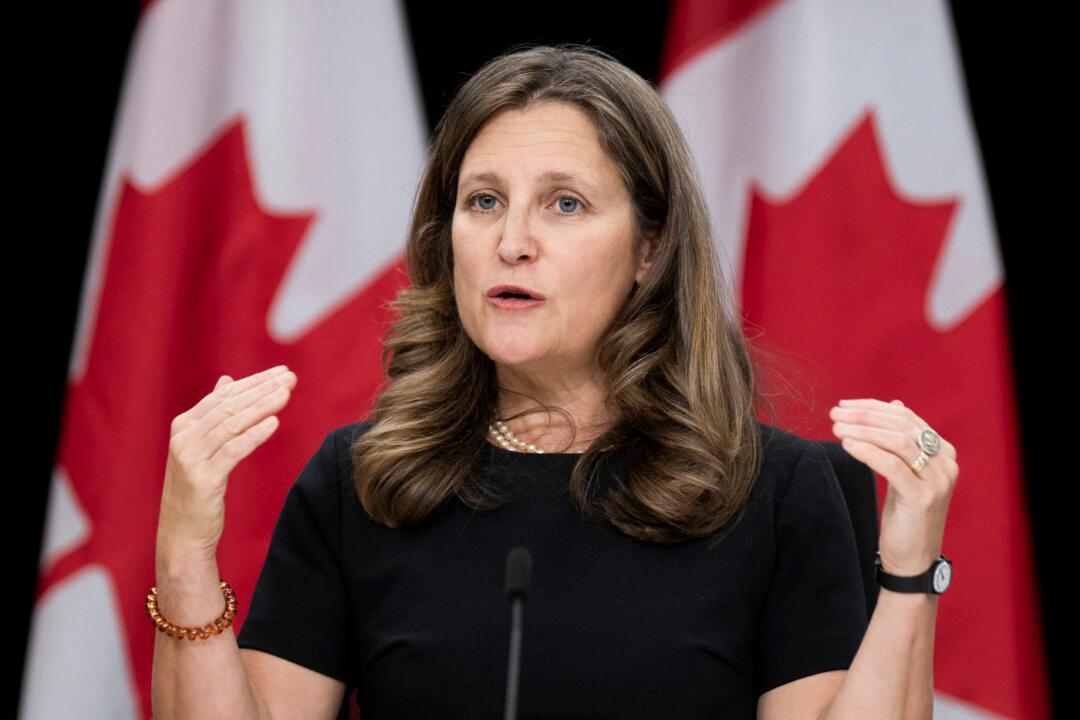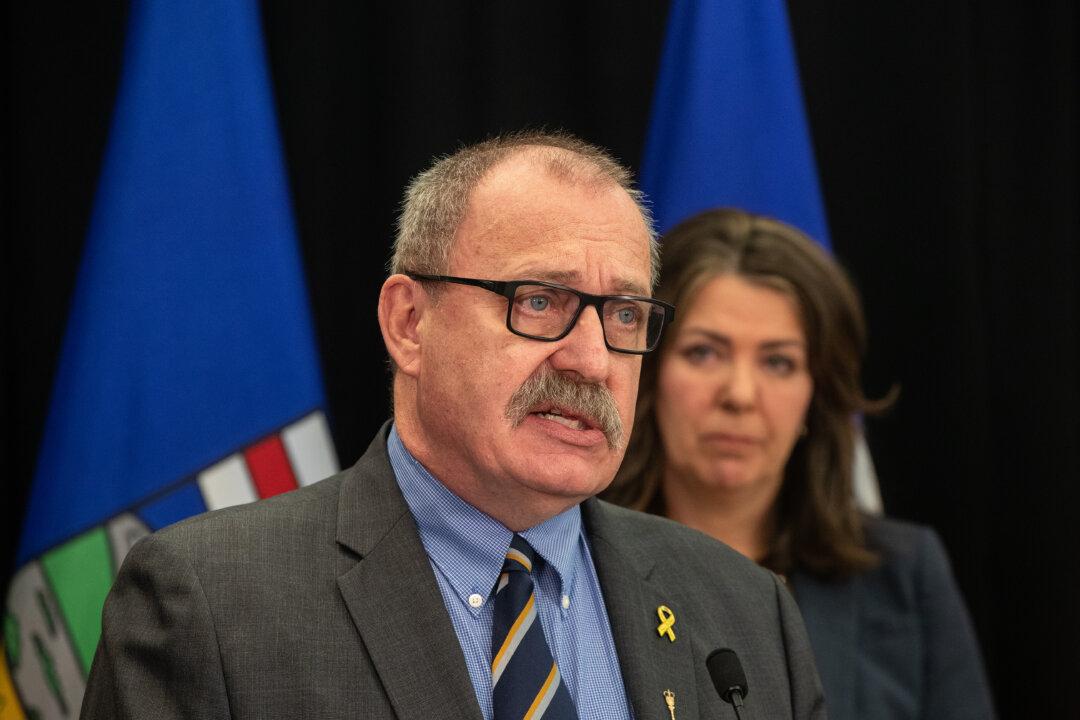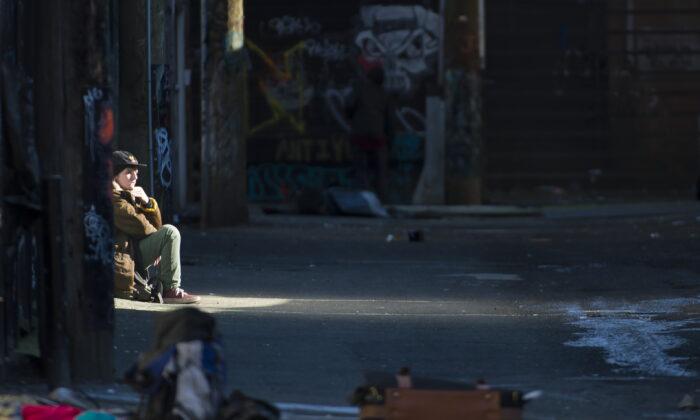Economist Jack Mintz says it will be hard for Canada to become a leader in critical minerals and to make EV battery production profitable, despite Ottawa’s hopes.
“We can’t even get a road built for the Ring of Fire,” said Mr. Mintz, president’s fellow of the School of Public Policy at the University of Calgary. The Ring of Fire is a mineral-rich area in northern Ontario, and delays in accessing it illustrate Canada’s failings in getting mining projects going, Mr. Mintz told The Epoch Times in an email.
Obstacles to Mining
The government announced its $3.8 billion Critical Minerals Strategy in 2022, including a plan to streamline the sometimes decades-long process of getting a mining project going.Mr. Mintz said one of the obstacles that remain is the federal government’s Impact Assessment Act (IAA).
The IAA came into effect in 2019, overhauling how major projects are assessed for social and environmental impacts. It gave the federal government power to halt projects, and Alberta led a fight against it that ended up in the Supreme Court.
Other obstacles Mr. Mintz named include Canada’s stringent environmental, social, and governance (ESG) regulations, as well as uncertainties regarding First Nation treaty developments.
‘Our Strategy Will Flop’
Subsidies for battery manufacturers total about $50.2 billion, according to a Parliamentary Budget Officer report published last November. The subsidies will total $43.6 billion between 2023 and 2033 with additional debt charges of $6.6 billion.“If the economic plan is to throw more subsidies at industries like the critical mineral exploration credits ... and battery facilities, our strategy will flop,” Mr. Mintz said.
He said the critical mineral tax credits were not needed, because his 2022 analysis showed Canada is globally competitive in terms of taxes for the industry. Other regulatory obstacles are the concern, he said.
Companies will invest in EV if the economics are good, he added. “But with a carbon tax rising to $170 (none in the US) and various regulations that impede investment, only huge tax-funded subsidies can attract investments.”







